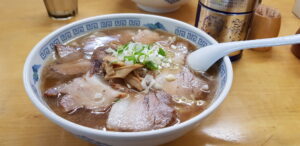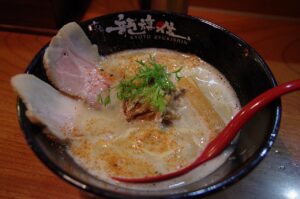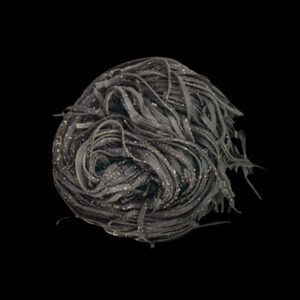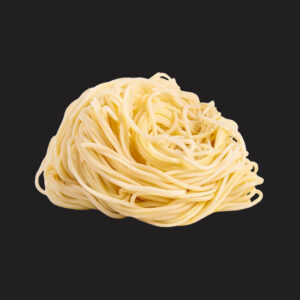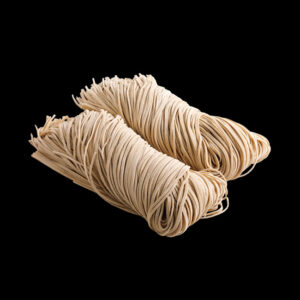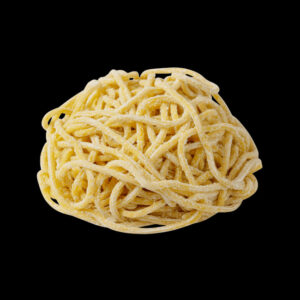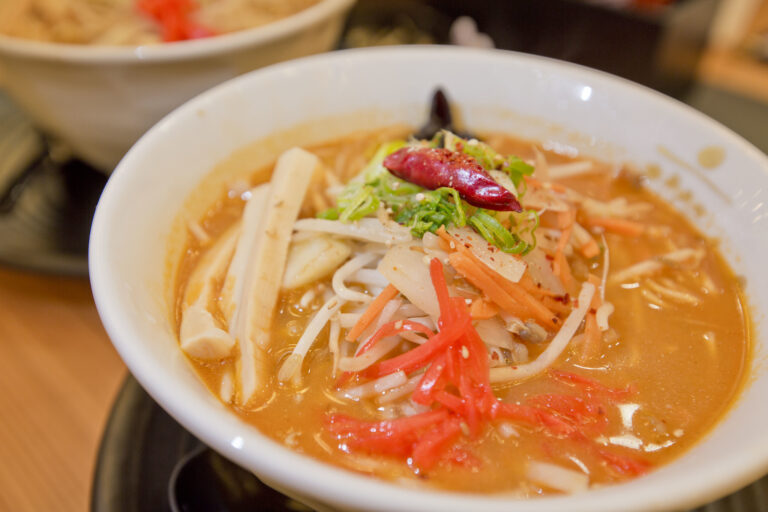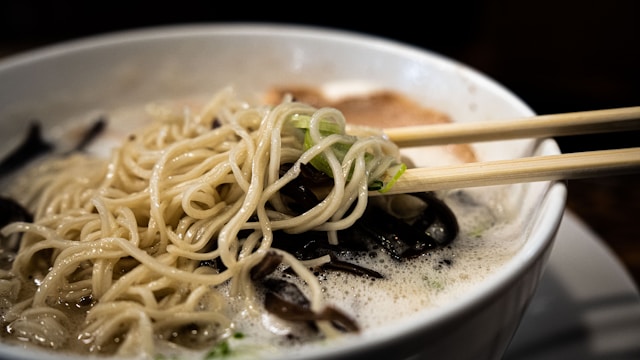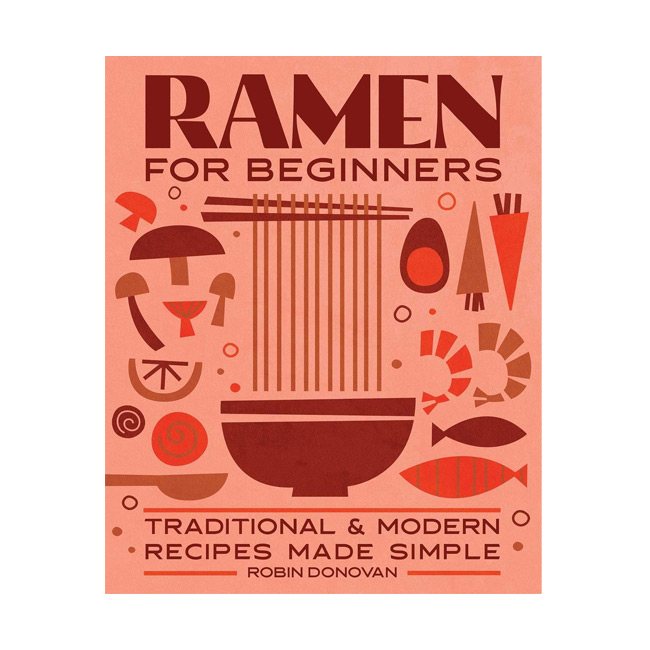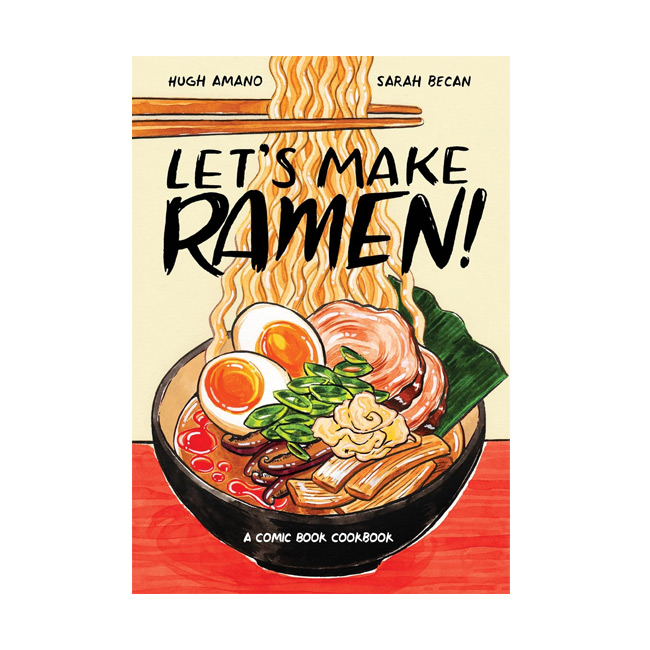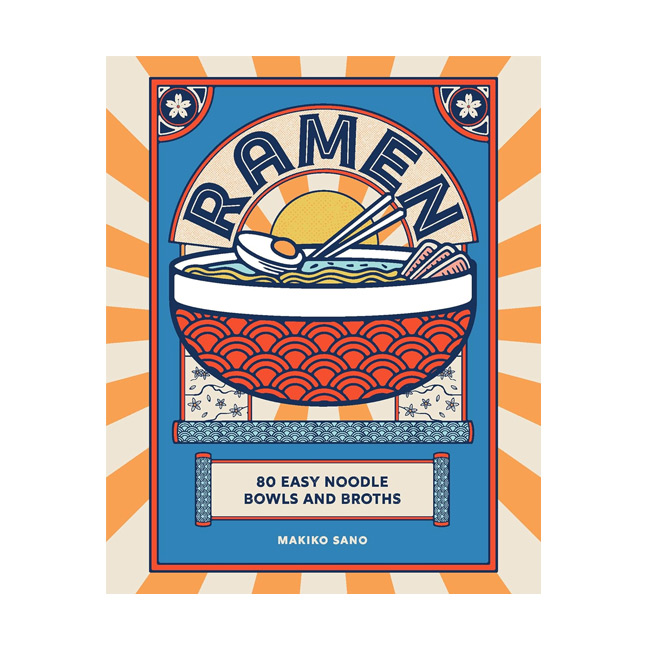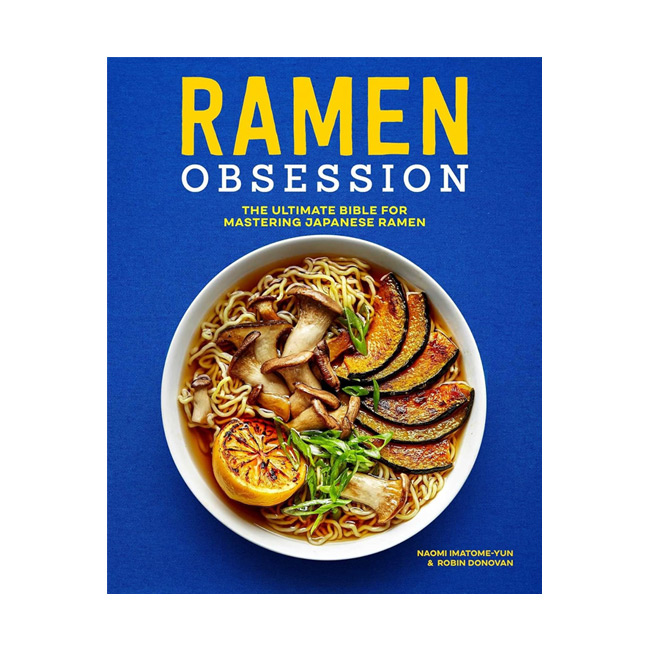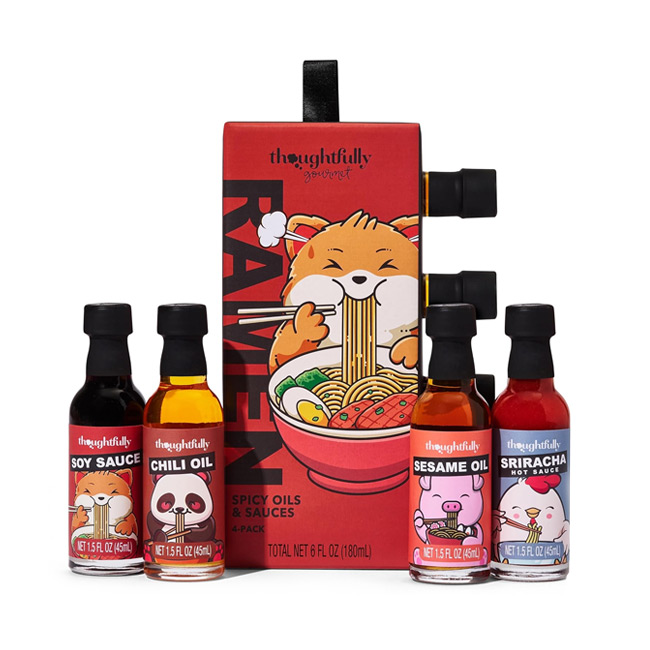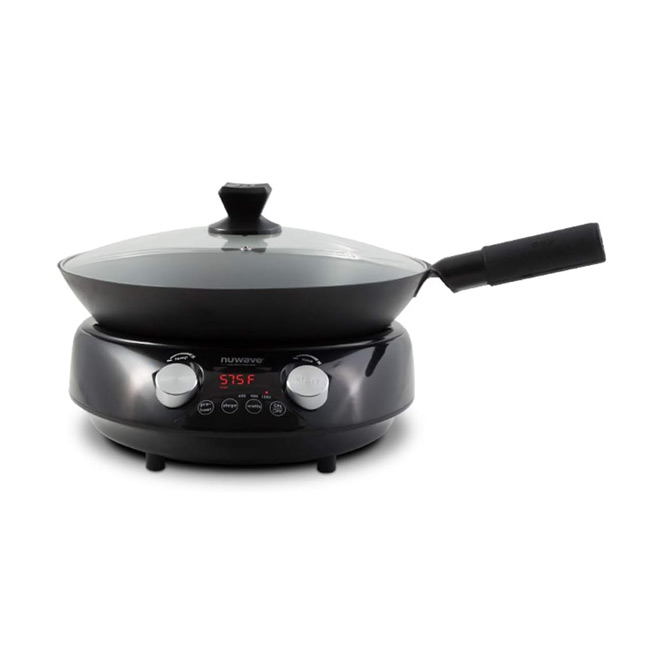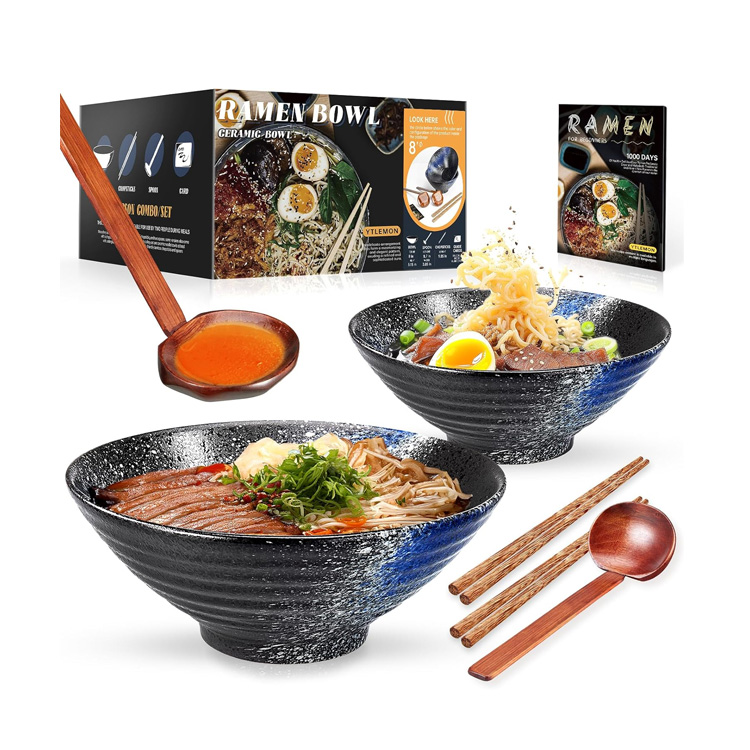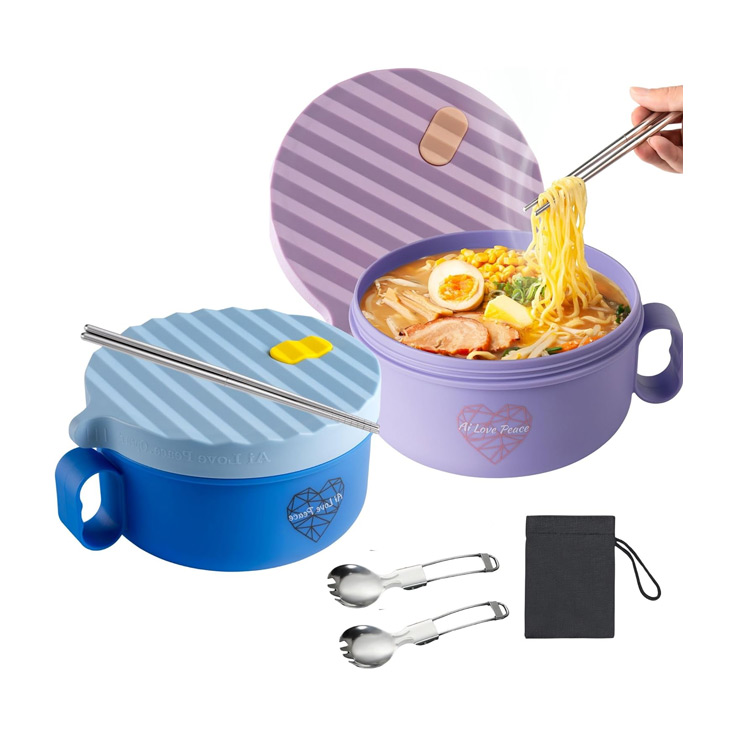Kansui is a type of alkaline mineral water is an essential component that differentiates ramen from other types of noodles.
Understanding what kansui is and how it works can deepen your appreciation for the culinary science behind a perfect bowl of ramen. So, shall we learn more about it?
What is Kansui?
Kansui, also known as lye water or alkaline water, is a solution of alkaline salts, primarily potassium carbonate (K2CO3) and sodium carbonate (Na2CO3).
These alkaline compounds are what give ramen noodles their unique characteristics. Traditionally, kansui was sourced from natural alkaline lakes in Inner Mongolia, but today it is commonly produced synthetically for consistent quality and availability.
The Role of Kansui in Ramen Noodles
1. Texture Enhancement
Kansui plays a crucial role in the texture of ramen noodles. The alkaline nature of kansui strengthens the gluten network in the dough. This results in a firmer, more elastic noodle with a characteristic chewiness that sets ramen apart from other types of noodles like udon or soba.
2. Color
One of the most noticeable effects of kansui is the yellowish hue it imparts to the noodles. This color is not due to eggs, as some might believe, but rather the chemical reaction between the alkaline salts and the wheat flour. The high pH level of kansui alters the pigments in the flour, giving the noodles their distinctive yellow tint.
3. Flavor
Kansui also influences the flavor of the noodles. The alkaline compounds interact with the amino acids in the wheat, enhancing the savory taste and contributing to the overall umami profile of the ramen. This subtle but important flavor difference is part of what makes ramen so satisfying and delicious.
How Kansui is Used in Ramen Noodle Making
Kansui is typically added to the wheat flour along with water and salt during the dough mixing stage. The amount of kansui used can vary depending on the desired texture and flavor. Small adjustments can significantly impact the final product, so precise measurement is crucial.
Once the kansui is added, it reacts with the proteins in the flour to form a strong gluten network. This process is essential for developing the elasticity and chewiness that are characteristic of ramen noodles.
After mixing, the dough is often allowed to rest. This resting period lets the gluten relax and the alkaline reaction to fully develop, resulting in a smoother, more cohesive dough. Some recipes also include an aging process, where the dough is left to mature for a certain period, enhancing the texture and flavor even further.
When cooked, the noodles maintain their firm and springy texture thanks to the effects of kansui. Proper cooking time is essential to ensure the noodles are neither too soft nor too hard, allowing them to absorb the broth’s flavors perfectly.
Conclusion
Kansui is a critical ingredient that transforms simple wheat flour into the distinctive ramen noodles loved worldwide. Its unique properties enhance the texture, color, and flavor of the noodles, making them a perfect match for rich, savory ramen broths.
Whether you’re a home cook experimenting with homemade ramen or a foodie curious about the secrets behind your favorite dish, understanding kansui provides valuable insight into the art and science of ramen noodle making. Have fun!

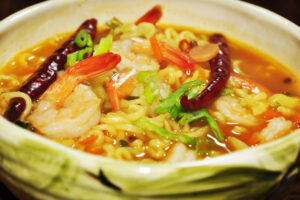
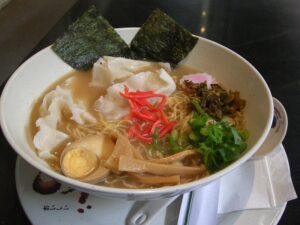
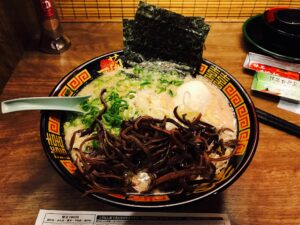
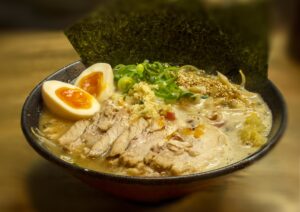
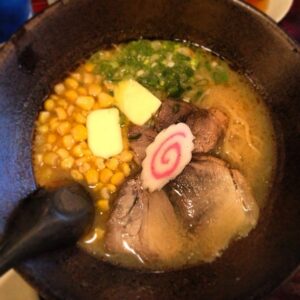
![Types of Ramen: Hakata Ramen. Image courtesy of [cipher] via Flickr Commons.](https://ramendatabase.com/wp-content/uploads/2024/06/Types-of-Ramen_Hakata-Ramen-300x199.jpg)
